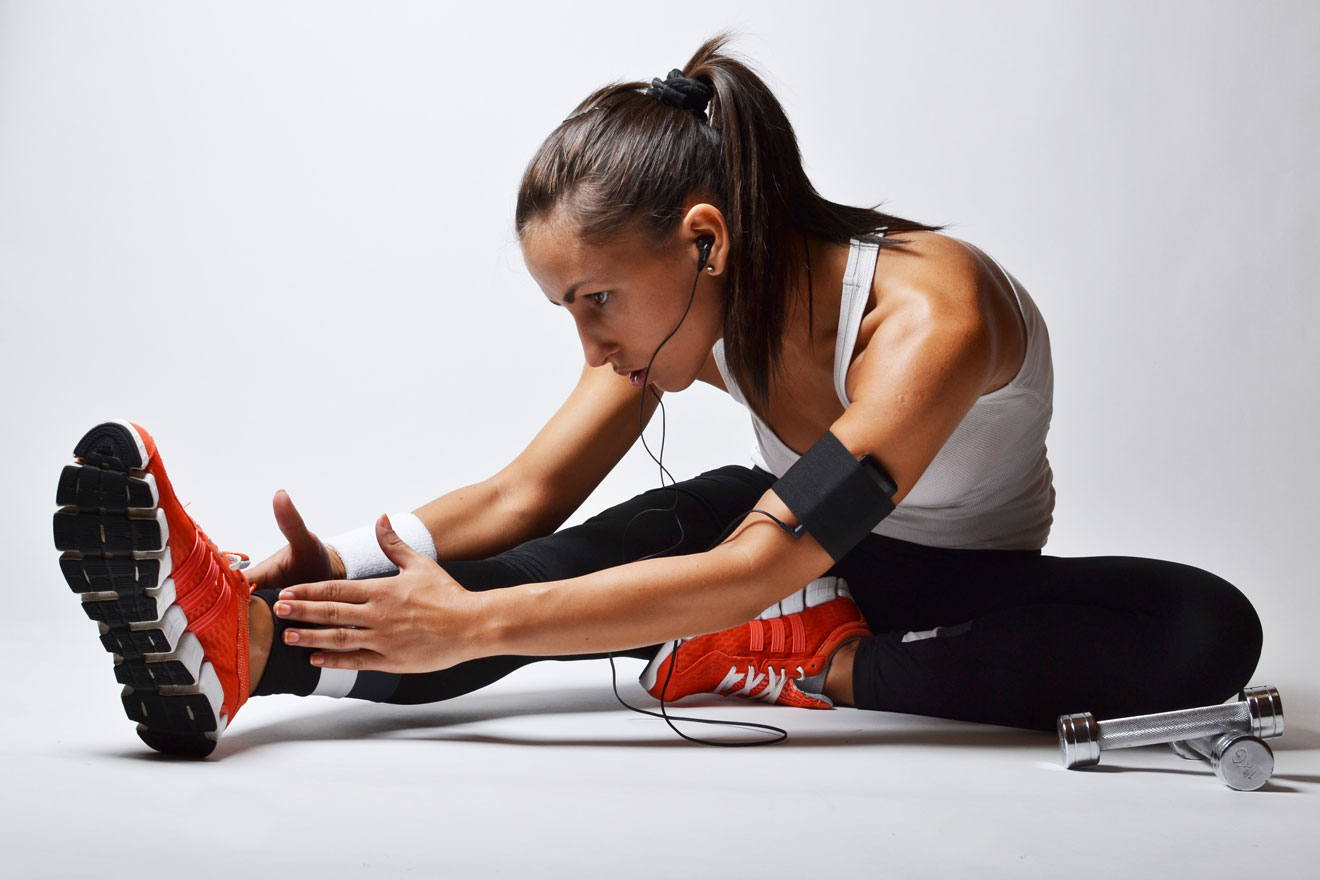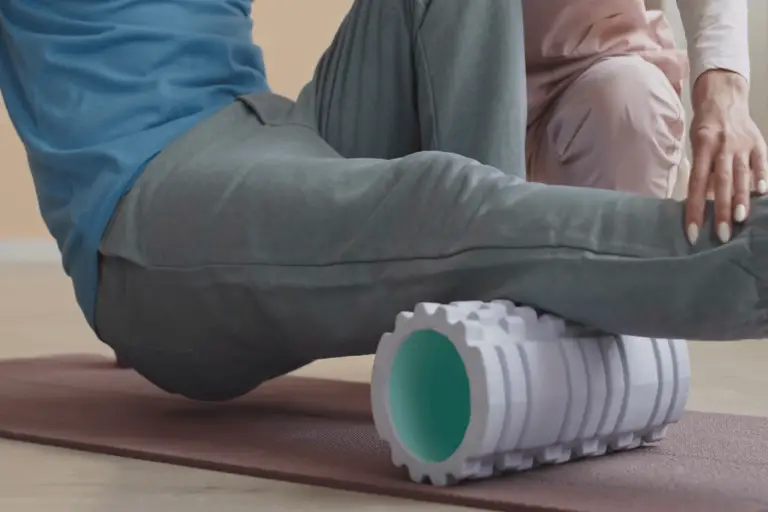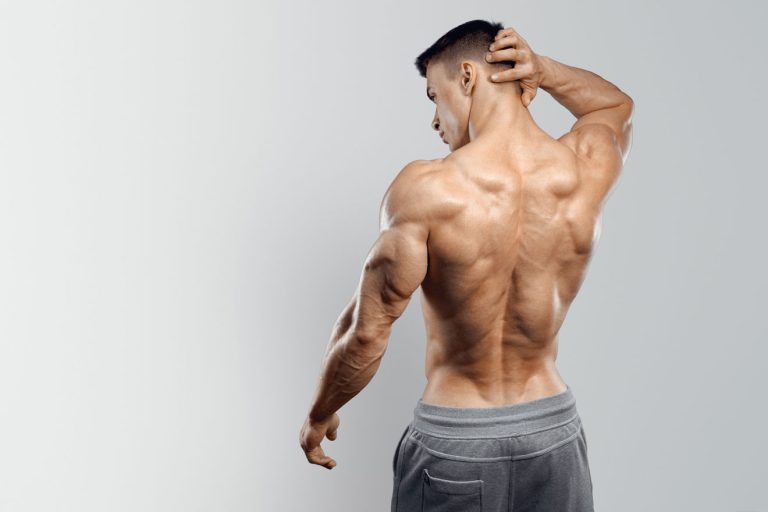Mobility vs. flexibility: what’s the difference, and why do they matter?
Key takeaways
- Mobility refers to the range of motion you are able to move your joints through in a controlled manner. It is more dynamic in nature.
- Flexibility, on the other hand, refers to your muscle’s ability to be stretched and is more static in nature.
- Both mobility and flexibility can improve performance, enhance quality of life, prevent injury, and improve posture.
Are mobility and flexibility different?
In the fitness community, the terms “mobility” and “flexibility” are frequently used, but many people use them interchangeably. While they are interconnected and often overlap in function, understanding their distinct roles is essential for anyone looking to enhance their physical performance and overall health. This article dives into the nuances of mobility and flexibility, highlighting their differences, importance, and how mobility specifically transfers into fitness and workout performance.
Defining mobility and flexibility
Mobility refers to the ability of your joints to move freely and actively through their full range of motion. It involves not only the capacity of the joints but also the muscle strength and control necessary to stabilize the joints during movement. Mobility encompasses range of motion, strength and control, and functional movement patterns. Range of motion refers to how far a joint can move in its intended direction. Strength and control refers to the ability to maintain stability and strength at various angles within the range of motion. Lastly, functional movement patterns refer to the coordination of muscle groups working together to perform specific movements.
On the other hand, flexibility pertains specifically to the length of your muscles and how they can stretch. It is generally measured by how far a muscle can elongate without causing strain. Flexibility focuses on the muscle-tendon units, often assessed through static stretching techniques.
Key differences between mobility and flexibility
1. Focus on function
- Mobility is about the functional range of motion of your joints and their ability to move freely.
- Flexibility concerns the length of muscles and how well they can stretch.
2. Components
- Mobility includes joint movement, strength, and muscle control, incorporating elements of dynamic movement.
- Flexibility involves muscle length and is primarily static, focusing on the muscle’s ability to elongate.
3. Performance implications
- Good mobility allows for efficient and powerful movement patterns, critical for athletic performance and daily activities.
- Flexibility can help prevent muscle tightness and improve overall movement, but it does not guarantee proper joint function.
4. Training approach
- Mobility training often involves dynamic movements, functional exercises, and strength training to enhance joint health.
- Flexibility training usually includes static stretches and techniques aimed at lengthening muscles.
Why mobility and flexibility matter
Both mobility and flexibility are vital components of a well-rounded fitness routine. Here’s why they matter:
- Injury prevention: Limited mobility can lead to compensatory movement patterns that increase the risk of injuries. By improving mobility, you can ensure your joints are functioning optimally, reducing the likelihood of injuries during workouts or daily activities. Flexibility also helps reduce muscle tension and tightness, further lowering the risk of strains.
- Improved performance: athletes and fitness enthusiasts benefit from increased mobility as it allows for better biomechanics and movement efficiency. Flexibility contributes to muscle elasticity, which can enhance overall performance, particularly in sports requiring a wide range of motion.
- Enhanced quality of life: Daily activities such as bending, lifting, and reaching often require a combination of mobility and flexibility. Improved mobility enables you to perform these tasks with ease, enhancing your overall quality of life.
- Better posture: Both mobility and flexibility play a crucial role in maintaining proper posture. Improved mobility in the hips, shoulders, and spine promotes better alignment, while flexibility helps alleviate muscle tightness that can lead to postural issues.
How mobility transfers into fitness and workouts
When your joints have optimal mobility, you can perform exercises with a greater range of motion. For instance, in squats or lunges, increased hip and ankle mobility allows you to descend deeper without compromising form, leading to better muscle activation and more significant strength gains.
Mobility training enhances your body’s ability to stabilize joints during dynamic movements. This stability is essential for exercises that involve balance or multi-joint actions, such as kettlebell swings or Olympic lifts, allowing for more effective and safer workouts. If you weight train, good mobility can also improve your lifting technique, particularly in compound movements like deadlifts and overhead presses. Proper shoulder and hip mobility can enhance your stability and positioning, which is critical for maximizing strength and preventing injury.
Improved mobility also enables smoother transitions between exercises and movements. This efficiency can lead to faster workout times and better endurance, as you conserve energy and reduce fatigue during complex movement patterns. As your mobility improves, the risk of overuse injuries is also reduced. When joints can move freely and with control, your body is better equipped to handle the physical demands of various workouts, allowing you to train consistently without setbacks.
Mobility work can also contribute to faster recovery between workouts. By enhancing blood flow to the muscles and joints, you can reduce soreness and stiffness, helping you feel ready for your next workout session more quickly. If you want to be more holistic in your approach to fitness, mastering mobility should be a part of your fitness goals.
The interplay of mobility and flexibility
Understanding the differences between mobility and flexibility is crucial for optimizing your fitness journey. While they serve distinct functions, both are essential for enhancing performance, preventing injuries, and improving your overall quality of life. Embrace the interplay of mobility and flexibility, and watch as your fitness routine transforms, enabling you to reach new heights in your physical capabilities.
Written with the assistance of AI. Reviewed and edited by Marielle Livelo.







